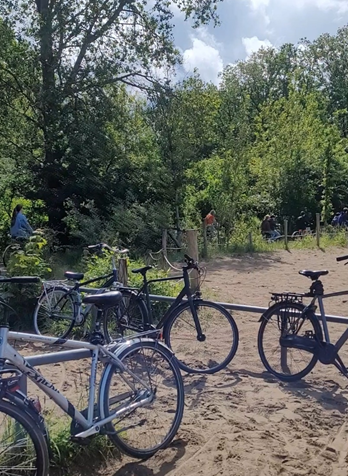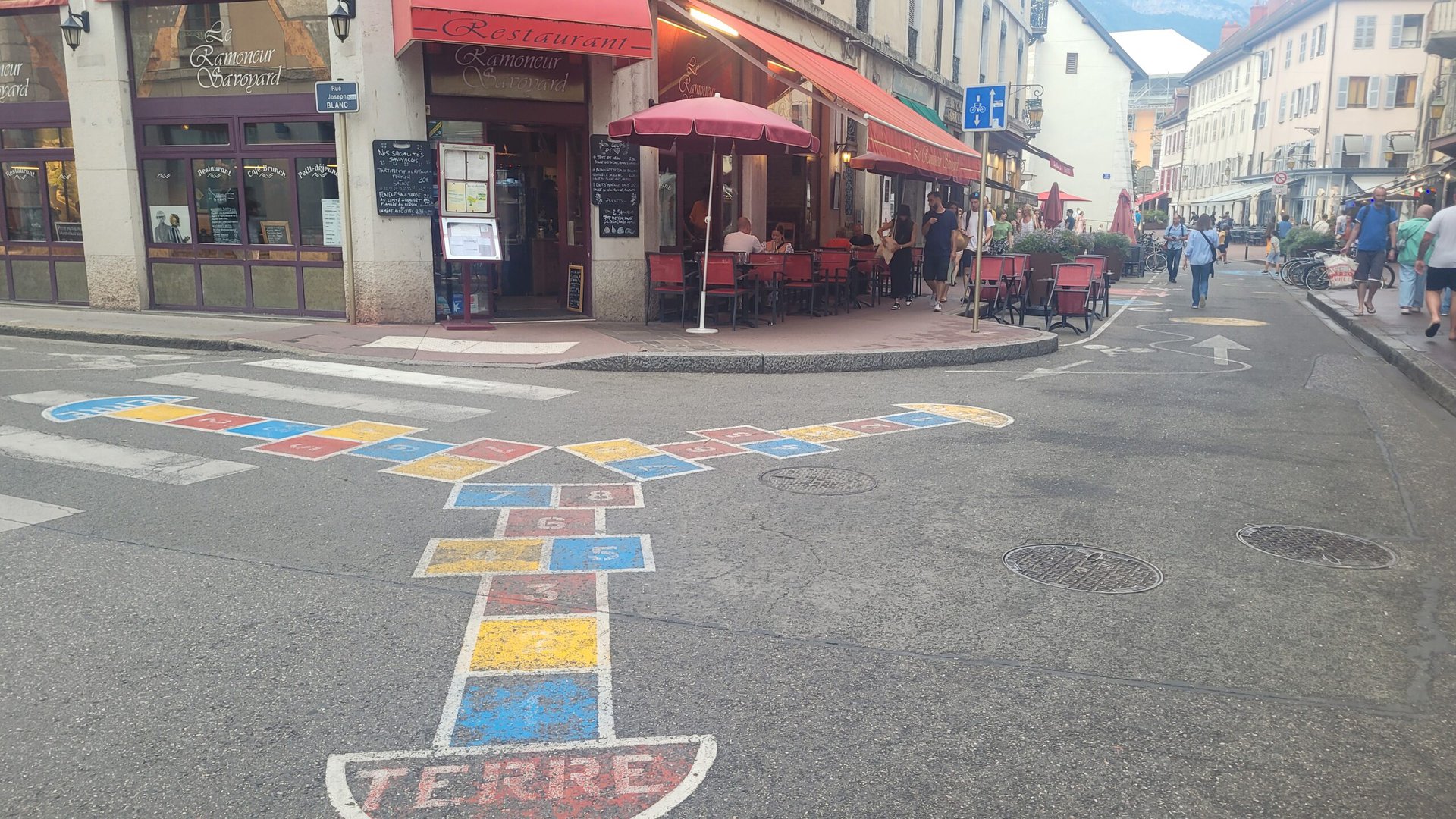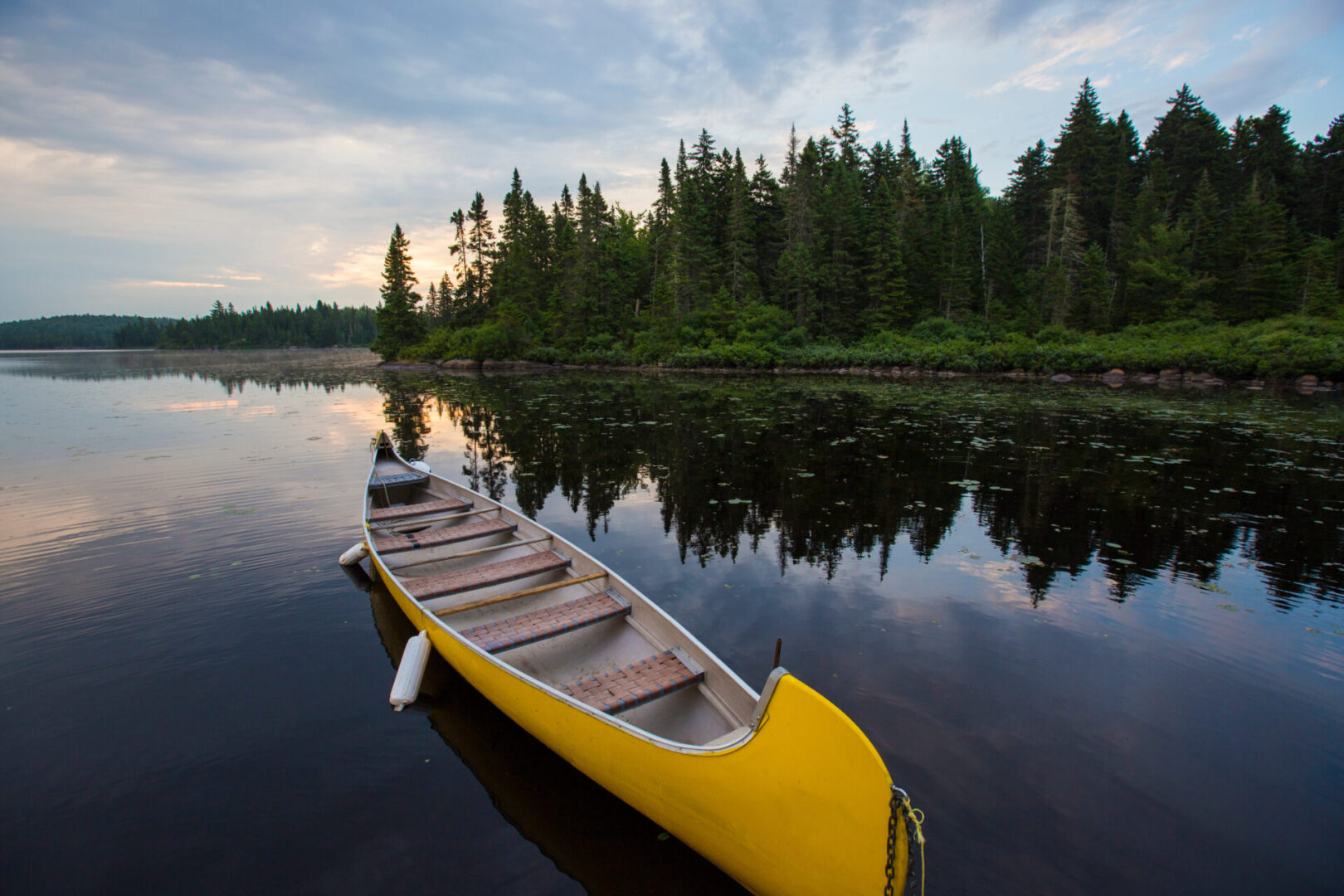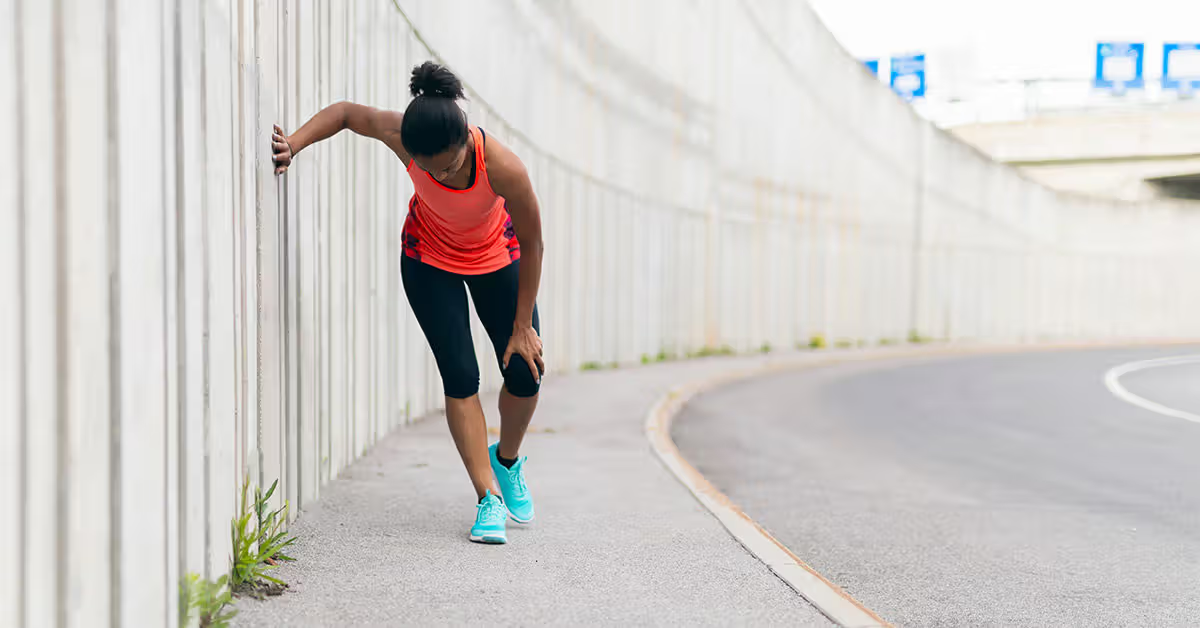ISPAH member Dr. Deirdre Harrington and colleague from the University of Strathclyde, Dr. James Bonner, visited Amsterdam in June 2024 as part of a wider inter-disciplinary active mobility project being run between the Rhins of Galloway (Scotland) and the Rhine long-distance cycle route.
Their visit on the 12th of June coincided with ‘Buitenspeeldag’, the national day of outdoor play in the Netherlands, and followed the inaugural UN International Day of Play on the 11th June. Harrington and Bonner visited the University of Amsterdam to meet with Professor Marco te Brömmelstroet and Jonne Silonsaari from the Urban Cycling Institute. The UCI is an impact-driven non-profit research and education organisation that builds capacity and knowledge for the transition to sustainable, just and active urban mobility futures. te Brömmelstroet, known as The Cycling Professor on X, shared conversations around mobility went beyond cycling and physical activity.
The concept of play was a theme of conversation that connects mutual on-going work and planned projects taking place in Amsterdam, and the cities of Inverness and Glasgow in Scotland. Led by te Brömmelstroet’s team, the Horizon Europe funded ‘Just Streets’ aims to revolutionise public spaces and streets by prioritising just and active mobility, and includes Amsterdam as one of eight pilot cities involved. Meanwhile, Harrington is the Principal Investigator for an evaluation of “Play Streets” in Scotland funded by the Royal Society of Edinburgh, with ambitions to develop evidence and to draft guidance and a Scotland-based case study for local authorities on how to support the start up, and implementation of, Play Streets in Scotland.
National Play Days, like many national or international ‘days of’ (think ‘Earth Day’ or ‘International Day of Happiness’) are a celebration, or promotion, of their cause – seeking to raise awareness of the issues they seek to champion or highlight. However, such days might also problematically limit attention of topics to distinct days, rather than recognising that they are causes which are fundamental to every day – not just one per year. If a certain day in in June is a ‘Play Day’, does that mean there is ‘no play’ on the other 364 days? Is no care given for the Earth on days that are not Earth Day?
Despite the high levels of cycling in the Netherlands relative to Scotland, the Netherlands has also experienced a decrease in outdoor play. te Brömmelstoet, with urban placemaker and ex-professional cyclist Frank Kwanten, raise this point in their article in Netherlands Dagblad, highlighting decreases in Dutch children playing outside, with the attendant mental and physical health impacts. While Scotland’s most recent Report Card on Physical Activity in 2021 found insufficient data to identify levels of active play in the country, it highlights significant levels of sedentary Behavior amongst children, and note a lowly grade of ‘D-’ in a previous iteration of the report for levels of active play.

A children’s outdoor play area with ample bike parking and surrounded by cycle paths for school-children to cycle together, playfully, to and from school. (credit: Deirdre Harrington)
Both the Just Streets and Play Streets projects seek to bring attention to the inequalities in urban design and on our streets. Inequalities in terms of how space is attributed (or claimed), the activities that take place, and who has come to dominate those spaces. While active play is not one of the ISPAH 8 Investments, having active urban design that allows space for play will benefit children and adults. Furthermore, if we think of the 8 Investment of Active Travel beyond utility and getting from A to B, then the playfulness and fun element of walking and cycling can be highlighted.
When it comes to the Playing Out movement there have been some initial attempts to implement Play Streets in Glasgow and Inverness. Recent local press articles on Play Streets in Inverness frame the ambition and need for these types of initiatives. In Glasgow, reports highlight the roads that will be ‘closed’ for children to play (whereas, conversely, aren’t the streets really being ‘opened’ for play?). Responses on social media to such interventions can be useful to gather some of the different perspectives and priorities from those commenting, where we see a mixture of support and dissent. Notably, these will primarily be the voices of adults.
Toolkits and resources are available to assist with planning and implementing playful streets with the end users in mind – children! Glasgow, as an example, involves children and young people in planning for urban play. We would anticipate a different reaction from children to the local news articles about opening up their neighbourhood streets for play 365 days a year, than the disgruntled voice of adults if unrestricted access to space for their car was to be limited…
This blog first appeared on the Urban Cycling Institute website.
James Bonner has written on some of these issues for The Local Government Information Unit including ‘Play in everyday life’, and in reflections from his home city of Glasgow on possibilities for change. Marco and Jonne write, with others, in The Conversation on the ‘Return of the child-friendly city’, while Marco’s papers discuss culturally maladaptive transport discourses and on reducing road danger.
Authors and Affiliations:
Dr. Deirdre Harrington and Dr. James Bonner, University of Strathclyde




